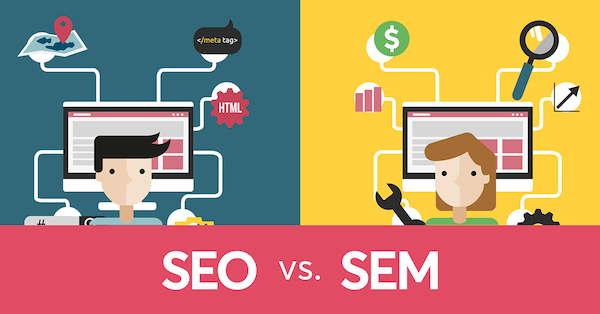The Growth Of Kid'S Dental Care: A Trip Through Time
The Growth Of Kid'S Dental Care: A Trip Through Time
Blog Article
Staff Author-Linnet Thyssen
As you explore the detailed journey of pediatric dentistry, tracing its advancement from the past to the present and glimpsing into the future, you'll reveal a tapestry woven with development and treatment. From historic landmarks to existing trends and future opportunities, the landscape of pediatric dental treatment is ever-changing and filled with potential. All set to discover the keys of just how this field remains to adjust and grow, ensuring brighter smiles for generations to come?
Historic Turning Points in Pediatric Dentistry
Throughout background, pediatric dentistry has actually seen substantial advancements and milestones that have formed the field right into what it's today. One important milestone was the establishment of the initial oral college in 1840, where dental care began to be recognized as a customized area calling for certain expertise and abilities. As the area progressed, the early 20th century saw the introduction of oral X-rays, changing diagnostics and treatment preparation for pediatric clients. In addition, the growth of fluoride therapies in the mid-20th century considerably improved preventive care and reduced the prevalence of tooth decay in kids.
One more landmark in pediatric dental care was the creation of the American Academy of Pediatric Dentistry in 1947, which intended to advertise optimal dental health for children. https://felixknuwy.blog5star.com/33411615/enjoyable-ways-to-teach-kids-regarding-the-importance-of-oral-health played a pivotal role in establishing requirements for pediatric dental treatment and progressing research in the field. These historic landmarks laid the foundation for contemporary pediatric dentistry, highlighting the importance of specialized look after children's oral health.
Current Trends in Pediatric Dental Treatment
Integrating cutting-edge technology and individualized precautionary methods, modern-day pediatric dental care continues to adjust to the advancing demands of young people.
The complying with patterns showcase the current landscape of pediatric oral care:
1. ** Digital Dentistry **: Digital impacts, 3D imaging, and CAD/CAM technology are revolutionizing the method pediatric dental professionals diagnose and treat oral health and wellness issues in youngsters. https://www.healthline.com/health/mini-dental-implants improve accuracy, performance, and client convenience during dental treatments.
2. ** Tele-Dentistry **: With the rise of telemedicine, tele-dentistry has become a convenient means for pediatric dental experts to offer assessments, follow-ups, and even specific treatments from another location. This technique improves access to care, particularly for patients in rural or underserved locations.
3. ** Preventive Emphasis **: Pediatric dentistry currently places a stronger emphasis on safety nets such as sealants, fluoride therapies, and very early orthodontic interventions. By advertising excellent dental health routines and normal dental sees from a young age, practitioners intend to stop dental concerns prior to they escalate.
Future Advancements in Pediatric Dental Care
Looking in advance, pediatric dental care is positioned to present innovative innovations and cutting-edge strategies to additionally enhance the oral healthcare of young clients.
One exciting development coming up is the use of 3D printing in developing customized dental home appliances like braces and mouthguards, supplying a more accurate and comfortable fit for kids.
Additionally, virtual reality (VR) innovation is being checked out to help in reducing oral stress and anxiety in young people by giving immersive disturbances during treatments.
Nanotechnology is one more area of interest, with the prospective to establish nanomaterials that can remineralize teeth and prevent dental caries more effectively.
Tele-dentistry is likewise obtaining traction, enabling remote assessments and tracking, which can especially benefit children in rural or underserved locations.
In addition, hereditary screening might quickly contribute in customized preventative care, determining youngsters's tendencies to specific dental wellness problems.
These innovations signify an exciting future for pediatric dental care, promising improved results and experiences for the youngest oral clients.
Conclusion
As you review the development of pediatric dentistry, remember that improvements in technology and individualized treatment remain to form the area.
Think of a child named Emily, that benefited from a 3D printed oral home appliance that completely fit her one-of-a-kind requirements, guaranteeing her convenience and dental wellness.
The future of pediatric dentistry holds amazing opportunities, providing innovative services to enhance the dental experiences of young people like Emily.
